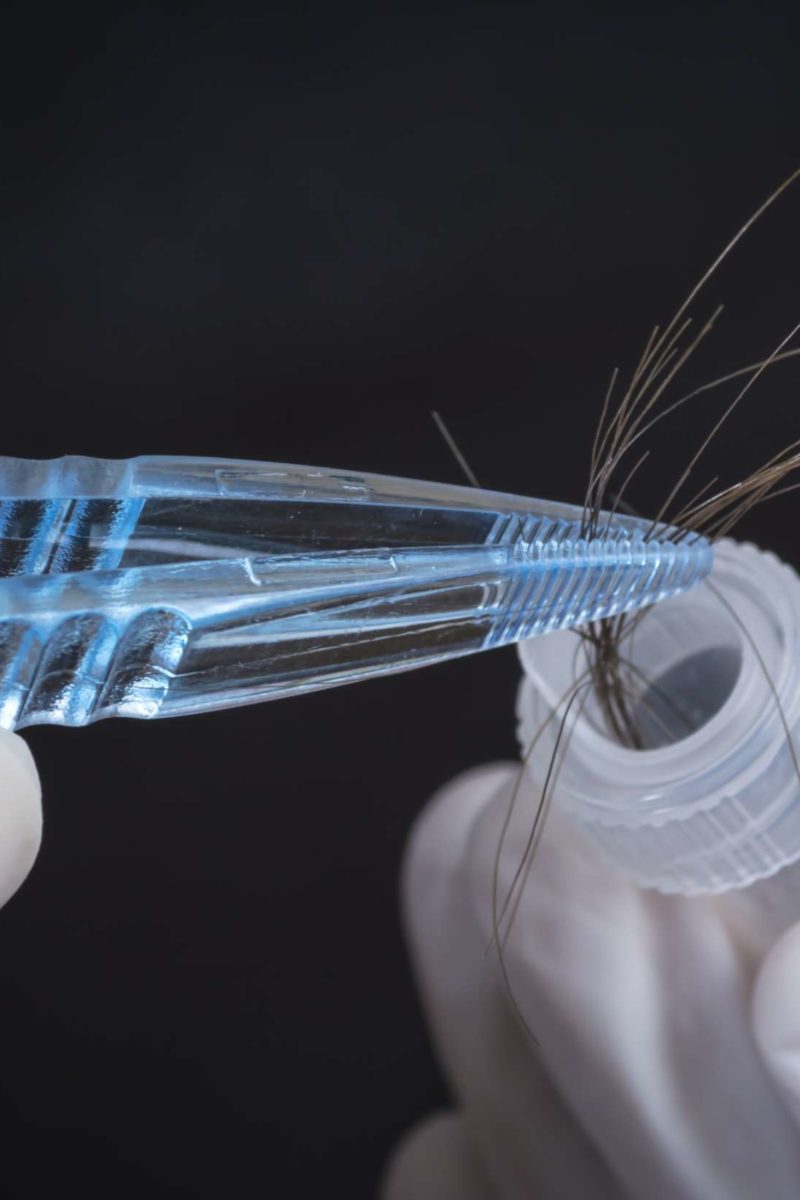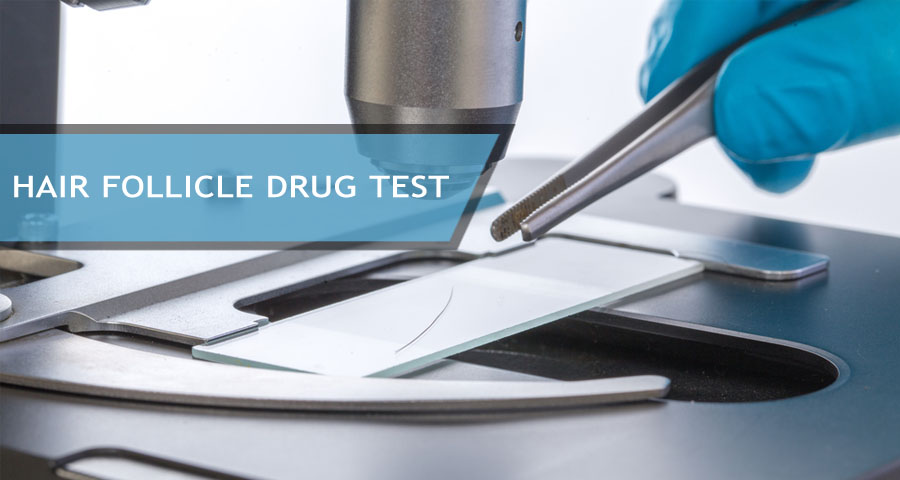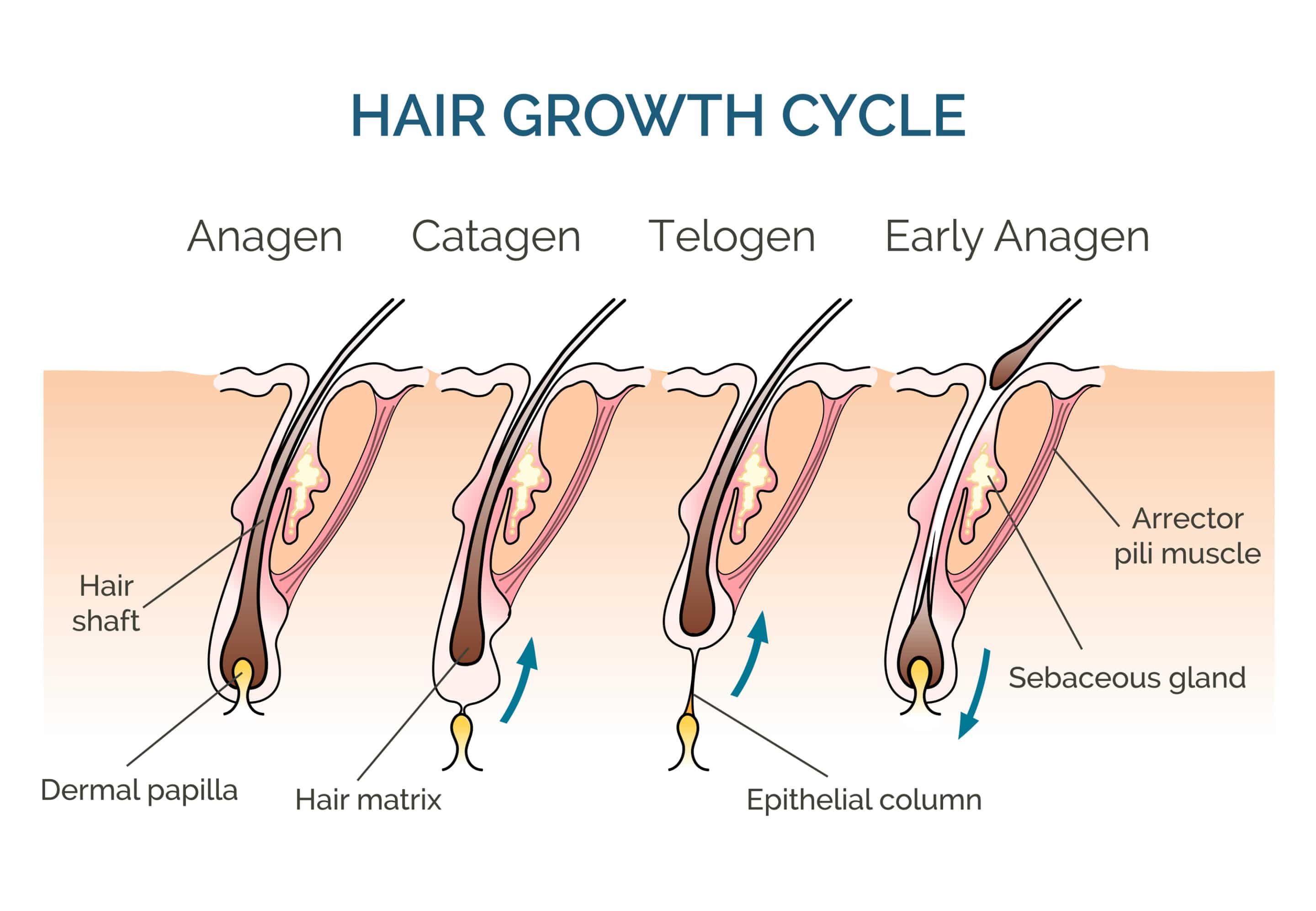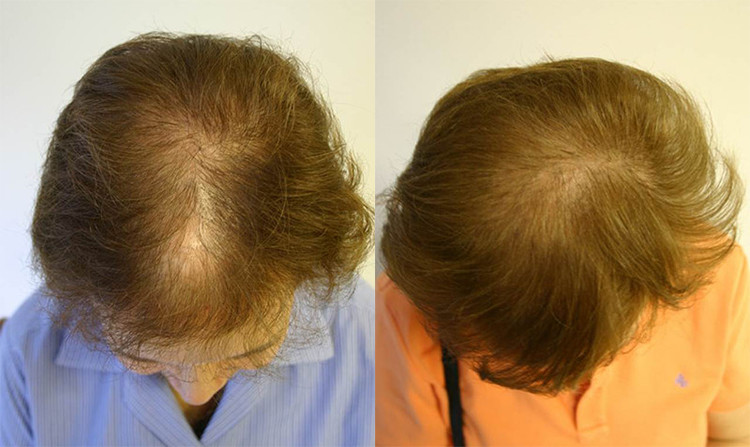Table Of Content

The collector will place the hair in foil and then in a secure envelope to be mailed for overnight testing. Healthcare professionals sometimes request testing for people at risk of drug or alcohol misuse. The person could have used a drug very recently, before it showed up in the hair.
Mouth swab drug tests for weed: What you need to know - Leafly
Mouth swab drug tests for weed: What you need to know.
Posted: Wed, 29 Nov 2023 08:00:00 GMT [source]
Schneider’s Approach to Hair Follicle Testing
Once the hair sample is collected, it is sent to one of our many certified labs for professional analysis, and review from a certified Medical Review Officer (MRO). The new 17-panel hair drug test is the most comprehensive drug test panel available in the United State. Hair drug tests may not be appropriate for determining recent drug use.

Understanding Case Management Challenges in Healthcare
Negative test results indicate that no drugs or drug metabolites were detected in the hair sample. Hair follicle drug tests are becoming more popular because of their ability to go deeper into a person’s drug history. They are also more difficult to cheat and this has the legal industry and employers using them more frequently. There are some unknowns when it comes to hair follicle testing, and we are here to clean them up. A hair strand drug test screens for illicit drug use and the misuse of prescription medication.
Taking a Hair Follicle Drug Test
The length of the detection window varies based on a number of factors, including the amount and frequency of drug use or misuse and the rate at which the drug is metabolized in the body. Some drugs continue to enter new hair growth for months after a person’s last drug exposure. Several large trucking companies are now performing hair testing in addition to the required 5 panel urine lab-based testing. Some of these companies include JB Hunt, C. R. England, Schneider Trucking, Swift Transportation, Shell Oil, and others.
Panel Drug Tests on Urine, Hair, and More
In many cases, a drug test will only be able to detect recent drug use. The detection window varies depending on whether the test is done with a sample of urine or hair. It can also depend on whether someone is a chronic or occasional user of the drug.
You do not have to wash your hair or worry about not having to dye your hair before the test. Blood tests are usually performed at every routine medical checkup, but many times, the results can be... Lab tests are routinely performed by doctors to detect changes in your health. If you're curious about drug testing, sometimes it can be hard to know where to look to get comprehensive,...
Red Ribbon Week aims to battle drug abuse in SA schools, new local program educates parents - KENS5.com
Red Ribbon Week aims to battle drug abuse in SA schools, new local program educates parents.
Posted: Mon, 23 Oct 2023 07:00:00 GMT [source]
These companies cite safety and the large investment required as their motivation for conducting hair drug testing in addition to required DOT urine drug testing. Hair drug testing has also become popular for workplace drug testing for potential hires. Although more expensive than urine drug testing, it may be more effective, long term, to do the more expensive test than to hire a substance abuser. The hair drug test can detect drugs going back approximately 7 to 90 days; this drug test is also difficult to cheat, adulterate or substitute. Richmond, Va. – Using hair as a method of detection for drug use is not new in forensics. Hair’s long window of detection and the relative ease of collection make hair an excellent choice for testing.
How is a hair follicle test different from a urine drug test?
A standard sample of hair is around 1.5 inches, although in some cases a longer sample may be collected for additional history of drug use and misuse. Because of the rate of hair growth, drugs can’t be detected in the hair until five to seven days after use. In the case of a workplace accident, a hair drug test wouldn’t be an appropriate test for detecting recent drug use. The second, called GC/MS, is a widely accepted method for confirming a positive result. This second test can also test for specific drugs and can detect as many as 17 different drugs. The GC/MS also guards against false-positive results caused by foods like poppy seeds or hemp seeds.
The content provided here and elsewhere on the Solv Health site or mobile app is provided for general informational purposes only. It is not intended as, and Solv Health, Inc. does not provide, medical advice, diagnosis or treatment. Always contact your healthcare provider directly with any questions you may have regarding your health or specific medical advice. If you’re taking prescribed medications, let the administrator of the test know. Because lab results are confidential health information, you’ll need to sign a release before the results are passed on to your workplace. People who shave their entire bodies may not be able to provide a usable sample of hair.
A hair follicle drug test can detect whether a person has illicit or prescription drugs in their system. Often called hair follicle drug test, the hair follicle is not actually tested. The metabolites of the drugs go into the hair follicle and then into the hair strands. The hair strands are cut as close to the scalp as possible for drug testing. One challenge we see with hair drug testing is the training of hair drug specimen collectors.

It includes Marijuana, Cocaine, PCP, Amphetamines, Opiates, Barbiturates, Benzodiazepines, Propoxyphene, Methadone, Oxycodone, Tramadol and Meperidine. Specialty hair tests are also available to test for a variety of other drugs. Hair drug tests can identify drug use up to 90 days prior to the test date. That’s because the chemicals from the drugs that end up in your bloodstream become part of the hair cells as your hair grows. A urine drug test is used to test for drug use over the three days preceding the test. A hair drug test is the only drug test that can detect repeated drug use up to 90 days prior to the test.
In recent years the method to conduct drug testing has more frequently included a hair follicle drug test. Many employers, courts and Substance Abuse Professional are requiring a hair follicle drug test instead of a standard urine test. Hair follicle drug tests are used by employers who have zero tolerance drug use policies, courts and individuals on probation. The primary benefit of a hair follicle drug test include a much longer detection period for drug use which typically is up to 90 days. However, when screening drug use within the last 5 days the urine test continues to be the most accurate test. Hair drug testing has a much longer detection window than urine drug testing plus it is significantly more difficult to cheat on hair drug testing.
A hair follicle drug test is one way to screen for recreational drug use or prescription drug abuse. Drug panels give you (or the person requesting the drug test) the option to include alcohol in the test, expanded opiates, synthetic drugs, Benzodiazepines, and more. The hair follicle drug test, when using the standard 1.5 inches of hair, can detect previous drug use up to 3 months. If a longer piece of hair is selected, the drug test results can go back much further (in fact, years further) to detect drug use. Hair drug testing goes back much, much longer than urine drug testing. When you ingest drugs, it goes into the hair follicle, and then into the strands themselves, where they stay, pretty much forever.







